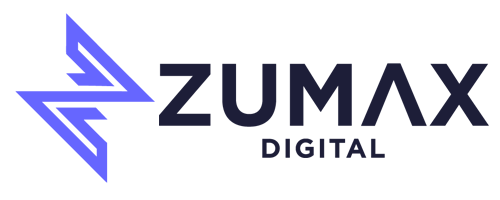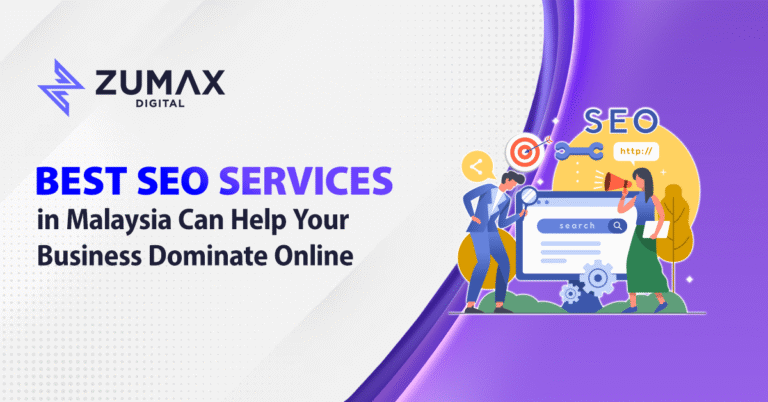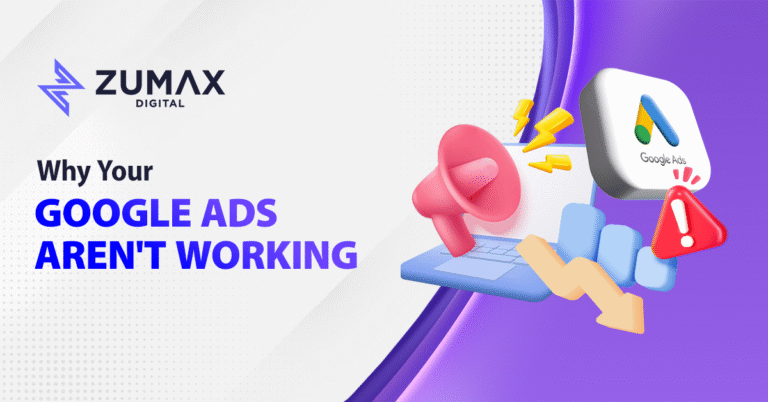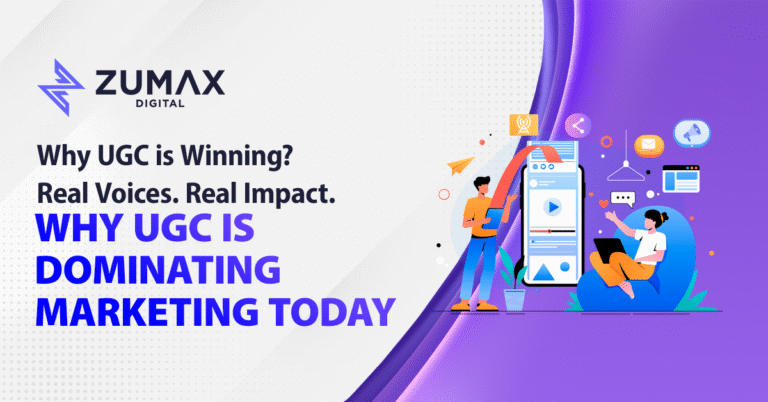
Digital Marketing: Important Terms and Definitions You Need to Know
Digital marketing is vital in order to help companies promote their products and gain awareness where traditional marketing will not be able to do. If you are new to digital marketing, here are some basic but important terms and definitions you need to know to get started.
Search Engine Optimisation (SEO)
Search Engine Optimisation is a marketing strategy that improves the quality and trustability of the website, making it easier for your website to be found on search engines such as Google and Microsoft Edge.
Search Engine Marketing (SEM)
This is the practice of using paid advertisements in order to rank higher on a Search Engine Result Page (SERP) which is what you see after doing a search on a search engine. This increases the visibility of the website, it will also increase the exposure that the website will get.
Engagement Rate
The engagement rate refers to the total number of interactions on social media that you get divided by the amount of followers you have and multiplied by a 100%. Number of interactions can be in terms of likes, comments or shares. This engagement rate determines the average number of interactions per follower and it remains a very important metric for digital marketers.
Impressions
Impressions are the amount of times that your content has been viewed, regardless of whether it has been clicked or not. This means that an impression will be counted when it appears on someone’s screen.
Meta Title and Description
Meta Title can be seen when you search for anything on a search engine. Residing at the top of the search result, the first sentence of every search result is called your meta title. It is advisable to make your meta title within 60 characters so that the entirety of the title is visible. The meta description is located just below the meta title. It is usually used to describe the content of the pages. The description should also not exceed 155 characters in order for the whole description to be visible.
Pay-Per-Click (PPC)
Pay-Per-Click or PPC is used when you start advertising online. This PPC model is usually used when you advertise your webpage on the search engines. PPC would then mean that you will be paying a sum of money everytime someone clicks into your paid advertisement.
Cost Per Impression (CPI/CPM)
Cost Per Impression or CPI reflects the cost that the advertiser pays for every thousand impressions. This metric is used to find out how effective your advertisement was. How you might ask? Well, it proves the return of investment and your potential cost per lead or cost of a potential customer.
Click Through Rate (CTR)
Click Through Rate is the number of clicks that you get for a certain webpage or post divided by the number of impressions. Therefore, it is the ratio of people that have seen and clicked your advertisement. A high CTR means that your advertisements or keywords used have been successful in order to capture the interest of the audience.
Conversion
Conversion in terms of digital marketing means that someone has completed a desired goal. For example, if your goal was to have somebody purchase a product, the amount of people who did that by clicking on the purchase button has successfully been converted. The goal can also be the amount of people who like a certain post or photo.
Inbound Marketing
Inbound Marketing refers to they strategies that you use to attract people to your company or brand. These strategy includes SEO, blog posts, social media posts and many more. It is used mainly to create awareness and interest to attract new potential customers.
Bounce Rate
Bounce rate basically refers to the amount of people that visit your website and leave without clicking into any other pages or exploring any further on your website. If your website depends on multi page viewing, then a high bounce rate is not desirable. However, if your website is a blog or doesn’t need multiple page viewing, then a high bounce rate is to be expected.
Call-To-Action (CTA)
A CTA is one of the more important elements in digital marketing. This is because it acts as a prompt to engage customers into making a conversion. Most common CTA includes, buy now, PM us, message us and contact us. Essentially it is a prompt that is asking the market to act now.
Lead Generation
Lead generation is the gathering of consumer interest in a particular product, service or event. For example, asking people to sign up for a newsletter or filling up a form for enquiries are types of lead generations. This process will give you information on the people that have converted into prospects who are interested in your product.
Remarketing
Remarketing is the process of reconnecting with past customers or prospects that are already exposed to your company. This process will include retargeting your customers through social media advertisements or SEM.
Even though there was a lot covered in this article, there are still many more important terms that you should know when it comes to digital marketing. Visit and like Zumax Digital for more information and helpful digital marketing tips. Interested in our services? Why not contact us here and we will get you the help that you need.




